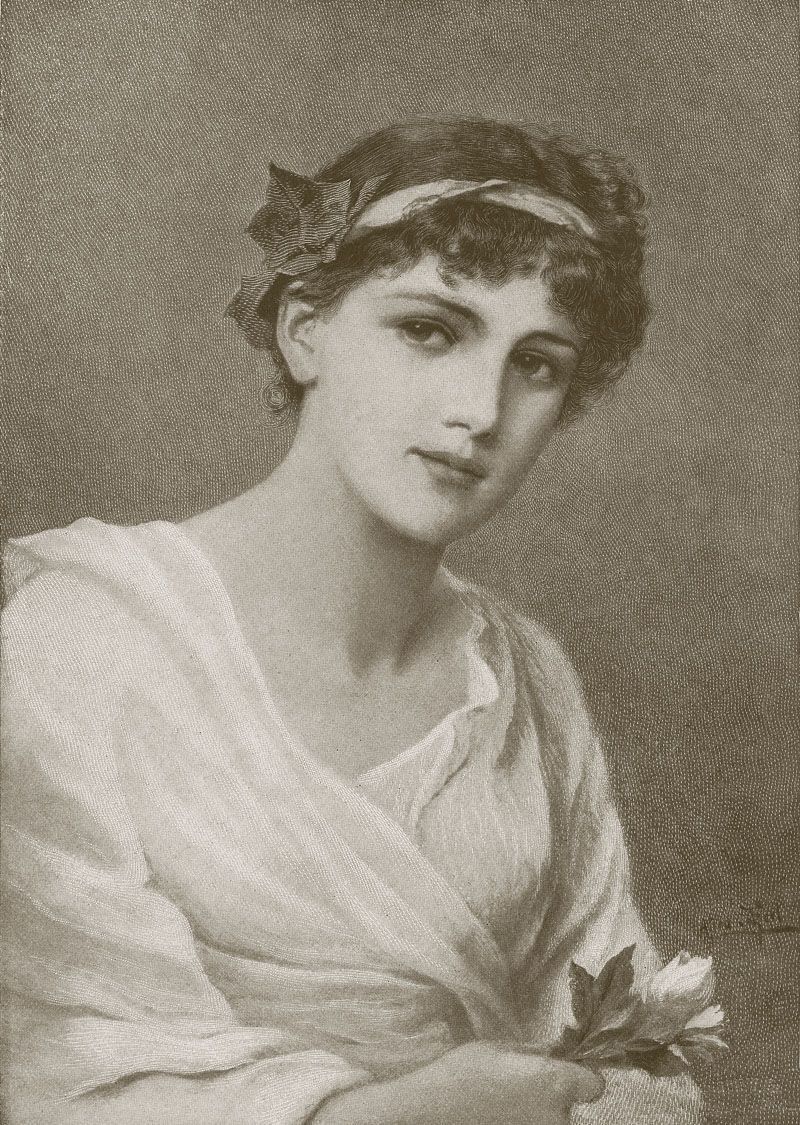Dedicated to Sophia incarnated
– Hypathia of Alexandria.
“Cursed be the man that maketh any graven or
molten image, an abomination unto the
LORD, the work of the hands of
the craftsman, and putteth
it in a secret
place...”
Deuteronomy 27:15, KJV
Seriously?! Are people so unquestioning to think that worshipping before an image would in one way or another change“God’s mind” about anything? Are people so naive to think that worshipping without an image would in one way or the other change “God’s mind” about anything? Only a vain and foolish“Lord” would be worried about this. Isn’t there anything else in the Universe where “The Lord” can occupy itself with? No, but let's go down to tiny earth and tell these sheep that an image is a thing for concern. However, according to the same, we are created in His image? Man, if being a thinking man, would have figured out by now that we have been fooled.
If we are being honest with ourselves.
Everything is composed of symbols. All symbols are composed of a set of elements. These elements may be geometric figures, numbers, or particular colors. Even the very letters I am writing now. Everything has a shape, a meaning, and a vibration. At least to our minds. It is, however, important to understand that symbols, though being a universal language, are primarily used within a context. In antiquity, a sumbolon, the Greek word for symbol, was an object of wood, ceramic, and metals. Thus, graven and molten images are true symbols. Symbols are now used to convey a message, to bring ideas to mind, to link them with other things tangible or intangible. Before, a symbol was divided into two parts, with the intention that parties bring those parts back into unity. As time passed, the word symbol got a broader meaning.Symbols are used to supplement the inability to explain things in a precise and rational manner.
The graven and molten images talked about in antiquity were never meant to be worshipped. At least, not those symbols presented from the hands of true mystics. The graven and molten images were primarily created for us to be able to relate and understand, the invisible with the visible, the spiritual with the material, the heavens with the earth. It is a powerful tool when used in context and properly. In any case, it is was never meant to be worshipped. Symbolism took another shape when the Christ figure was introduced to the public. Christ is the personification of morality. Instead of worshipping morality, why not be moral?
Pause. Think. Remove your ego. This information is not to offend, but to educate. Don’t be like the Christians who murdered Hypatia and killed the Gnostics because they were thinkers, or those zealots who killed, enslaved, and destroy everything that was not theirs to kill, enslaved or destroy to begin with.
"Reserve your right to think, for even to think wrongly is better than not to think at all."
”Fables should be taught as fables, myths as myths, and miracles as poetic fancies. To teach superstitions as truths is a most terrible thing. The child-mind accepts and believes them, and only through great pain and perhaps tragedy can he be in after years relieved of them. In fact, men will fight for a superstition quite as quickly as for a living truth”
— Hypathia of Alexandria
Hypathia the heretic, the pagan, the last true gnostokoi, for me the embodiment of the Goddess Sophia herself, whose name means“wisdom”, understood that thinking is forever crucial if we want the human specie to transform into something better, more exalted. Symbols help us in guiding our thinking.
Consider, a heretic means someone with choice. Pagans are people who are not religious or at least not blindly following religious dogmas without thinking. Gnostokoi-s, who called themselves telestai, are people “who are aimed”. All three titles are worthy titles to bear. Hyphathia, my dear sister, would gladly bear these titles with pride.
The word telestai is interesting, because in the Bible the word chata is used to convey the exact opposite. In Hebrew, the word chata means “to miss the goal or path”. It is also the word that is used to denote a sinner. In other words, a sinner is the opposite of a true gnostic – which is someone who thinks. Sinners,if understood correctly, are not people who broke some rules oftheir so-called “God”, but they are people who don’t understandwhy they do what they do and the consequences their behaviorwill entail. Sinners, therefore, are the opposite of a telestai.
Knowledge. Understanding. Wisdom. Those were the onlyrequest from the mouth of Hypathia, now written in history, by the“winners” or “rulers” of that time, as a martyr of Alexandria.The irony is that Hypathia comes to mind when reading Proverbs 1:20-22, viz;
Wisdom crieth without; She uttereth her voice in the streets: She crieth in the chief place of concourse, in the openings of the gates: In the city she uttereth her words, saying; how long, ye simple ones, will ye love simplicity? And the scorners delight in their scorning, and fools hate knowledge?”
To Hyphathia, to Wisdom, I say – sorry. May Wisdom one day smile upon us and enable us to understand. Your sacrifice one day will be not in vain.
To the so-called “winners”, “rulers” of those times, those institutions, even today, that think and feel like they have the right to destroy, enslave, and steal from those they have no right to do so... I also have something to say:
— fuck you, you dumb fuck!
L.V.X.
For the
world, you might
be just an individual,
but for me, as one individual,
you are the world. We are One and
the same. Written with love. Peace Profound.
Click here to download the pdf version.

